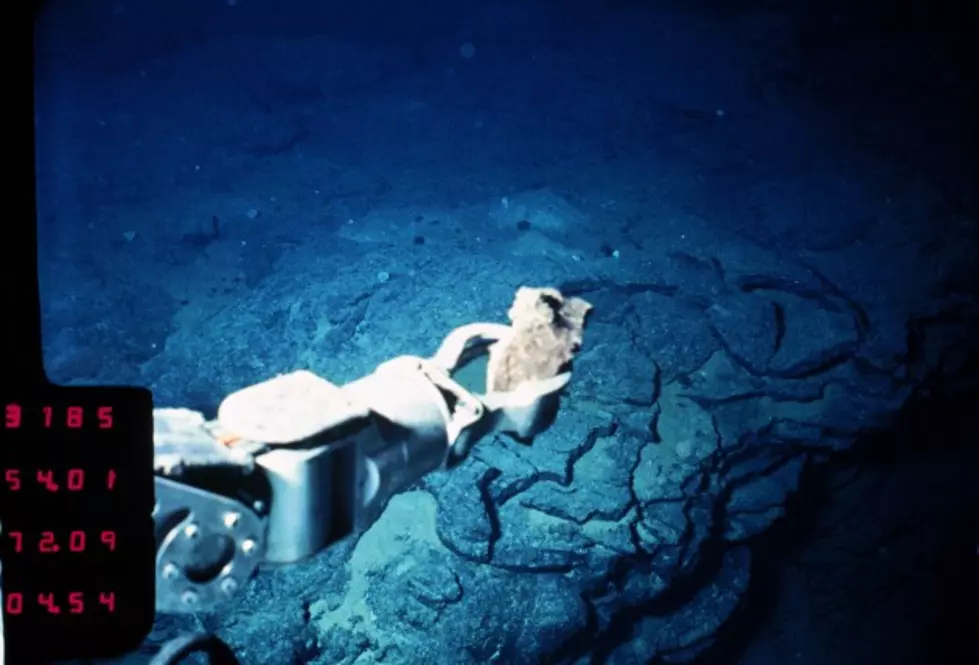
University Of Wyoming Researcher Co-Writes Published Paper
Changing conditions on the Earth’s surface can have a major influence on the composition of its overwhelmingly more massive interior.
Ken Sims, a University of Wyoming professor of geology and geophysics, has helped make that evolutionary and geological process more accurate and understandable. Sims and other researchers are using new instruments to more precisely measure a uranium element carbon dating ratio of 238U/235U.
“The timing and the extent that the material is put back down into the Earth’s mantle is addressed by this ratio in a unique way that was not possible a decade ago,” Sims says. “Our ability to make these isotopic measurements is so greatly enhanced.”
Sims is a co-writer of a paper, titled “The Terrestrial Uranium Isotope Cycle.” The paper appears in the Jan. 15 issue of Nature, an international weekly journal of science that publishes the finest peer-reviewed research in all fields of science and technology.
“This paper is important because the Earth is dynamic. It is always differentiating and remixing. We see that in plate tectonics,” Sims says. “Thorium and uranium are particularly important chemical elements for understanding these processes. We’ve used them for many years to understand the time scales of these processes.”
Sims and the paper’s other writers -- including Tim Elliott, a longtime colleague from the Bristol Isotope Group at the University of Bristol, United Kingdom -- took a number of rock samples, collected from around the globe during the past 30 years, and used them to make very precise measurements with uranium isotopes.
“With these measurements, we are able to put a better understanding on the recycling of material back into the Earth’s mantle -- the area between the Earth’s core and its crust -- back into the deep earth,” Sims says. “That’s because these uranium isotopes are perturbed or changed by the surface processes that are happening. So, we can look at rocks that are coming back out of the mantle and understand this recycling as well as this differentiating of the early Earth.”
These more precise measurements are obtainable because today’s mass spectrometers are so much better and can measure out a few more decimal points than previous versions of the instrument were capable of, Sims says.
More From Laramie Live









